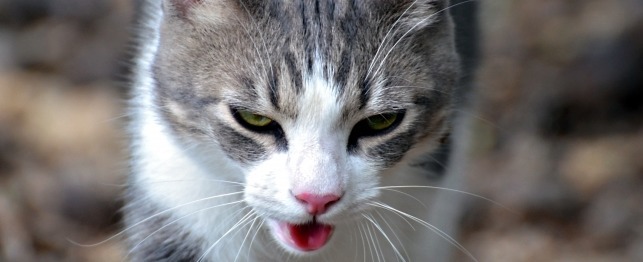Panting in Cats

Cats
Overview of Panting in Cats
Panting is rapid, shallow respirations characterized by open-mouthed breathing, often accompanied by a protrusion of the tongue. It is seen commonly in dogs, but it is uncommon in cats and is not considered normal, though some cats can pant after brisk play or in times of stress, such as a car ride.
Most commonly panting is in response to environmental changes, such as anxiety, fear, excitement, or heat. However, if panting is excessive or your pet is in distress, it is important to identify the underlying cause. Some of these causes are:
Respiratory disorders Cardiovascular disorders Hematologic disorders Neurologic disorders Miscellaneous disorders
Panting may have little to no impact on the affected individual, especially in association with transient causes such as fear or stress. On the other hand, panting may represent a more severe, even life-threatening illness, therefore, should not be ignored and should be addressed if it persists or worsens. Panting can suggest difficult breathing. For detailed information on "difficulty breathing" in cats, please read Dyspnea (Trouble Breathing) in Cats. What to Watch For
Coughing Difficulty breathing Cyanosis (blue coloration to the mucuous membranes) Lethargy or fatigue Weight loss Poor appetite Excessive drinking and urinatingExcessive Vomiting Diarrhea

